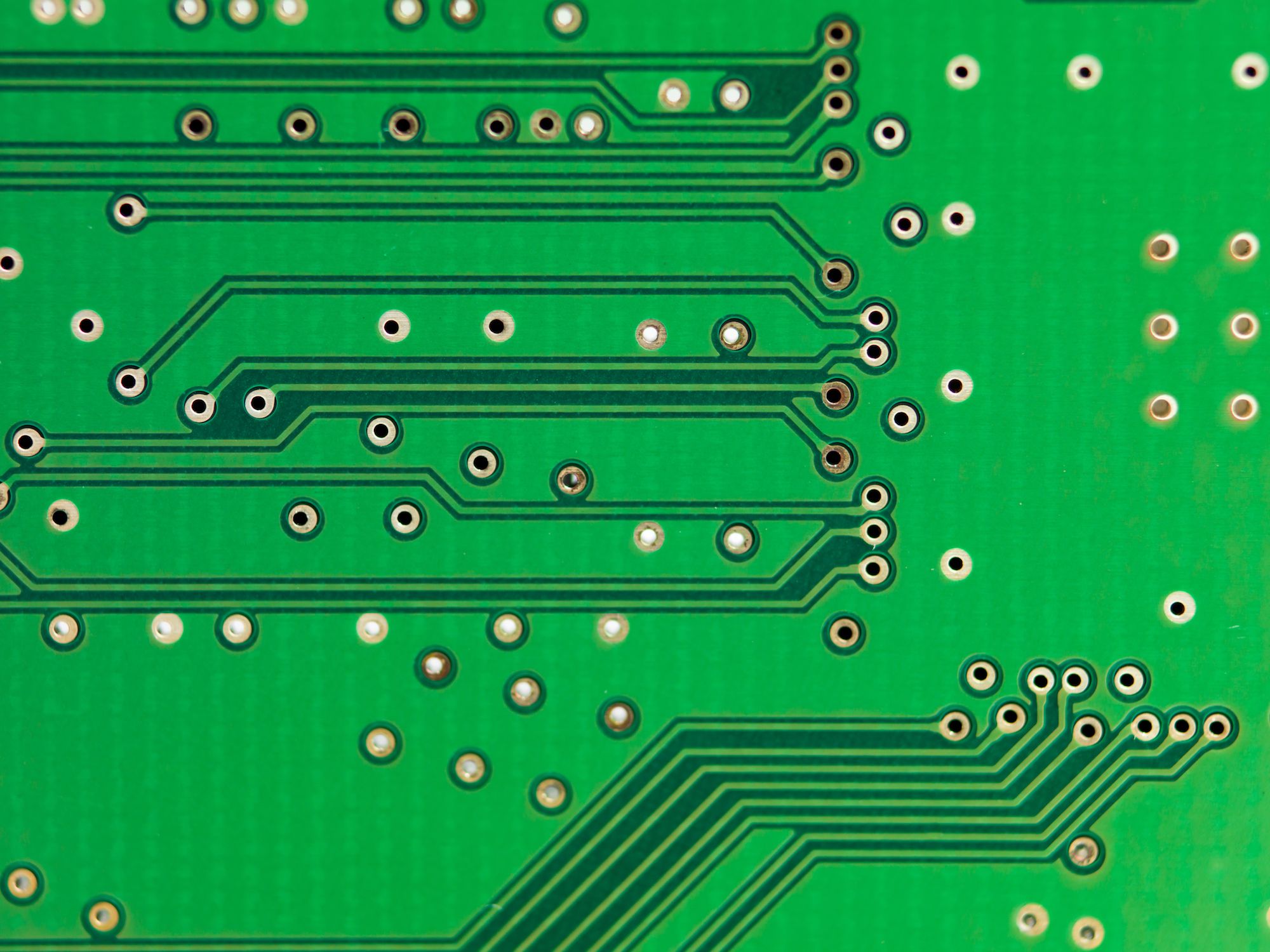You go to work every day to keep the grid up and running for your customers. What this really means is that you fight tooth and nail to increase grid reliability metrics. And, the truth of the matter is, in an increasingly energy reliant world, there is less and less tolerance for outages.
Why is load growth increasing for the first time in over a decade?
Energy consumption is increasing for the first time in over a decade after a long period of relative decline. Why is this happening now and why does it matter for you and your company? Well, the answer boils down to grid reliability.
In the early 20th century, cities became electrified, which led to a mad dash to create electric grids to serve the needs of the rapidly increasing demand for lighting in homes, machine power, and more. Now, after a decade of decline in demand due to energy conservation efforts, we’re seeing an upward trend. There are more electric powered devices in the home, office, and public spaces than ever before. Electric vehicles, smartphones, computers, and similar devices are everywhere, and these devices don’t just need available power to work, they need constant and uninterrupted power.
We rely on cloud services, which run on physical servers that rely on the grid. The internet and the networks that enable access to it, run on our electric grid. It’s your job, every single day, to make sure that people, your customers, are able to access the world at their fingertips, all the time. That is what it means to increase your reliability metrics: keeping the world powered on and connected.
Ensure grid reliability as demand for uninterrupted power increases
To ensure grid reliability, or the ability to reduce the frequency and duration of power outages, as energy consumption and human dependence on an uninterrupted flow of power increases, utility companies across the U.S. need to ensure that their physical assets are in working order around the clock. To do this, they have to have a top-notch outage management system (OMS) and be able to meet demand by ensuring the electric grid is managed by a workforce that works efficiently and safely. They also need to manage projects, whether circuit repair or pole replacement, efficiently, to ensure asset work quality, and ultimately, decrease outage occurrence and duration.
Replace aging critical infrastructure and interconnect power sources
Two key long-term projects that will increase grid reliability as customer demand for reliability increases are replacing aging critical infrastructure and interconnecting power sources to include more renewable energy solutions. Both of these projects require new grid technologies, ranging from increased input from wind and solar power generation to a cloud-based asset lifecycle management solution.
To boil it down: upgrade your grid with smart grid technologies like smart meters and integrate it to optimize for energy resource management. The more we can incorporate innovative grid solutions, the better off we will be in the long-run.
Repair and replace aging critical infrastructure and manage the utility asset lifecycle
Physical asset management is an integral component of increasing grid reliability and utility project management plays a big role in the process. Managing your assets means that you have to know where all of your assets are at all times, in real time, and understand their status. In order to start repairing and replacing aging critical infrastructure, you have to know which assets require attention. A cloud-based project management solution enables you to see which assets need attention, where they are, how many there are, and what exactly needs to be done. You can access this information on an asset-by-asset basis or see them at a macro-level, depending on the view you need. With the right asset and project management solution, you’re able to schedule projects and work seamlessly with on-site workers
Increase interconnections and incorporate clean energy and renewables
There’s pressure from customers and regulators, both environmentally and economically, to incorporate more renewable sources of energy, so there’s a focus on interconnecting grid systems. Each of these interconnections on the grid, whether to solar energy or other energy efficient and renewable energy, is a project that has largely the same project tasks and milestones. Each one of these steps is a potential point of failure, so in order to keep the power on and grid reliability metrics up, like SAIDI and NERC’s Reliability Assessment and Performance Analysis, it’s crucial to get each and every step right.
The role of risk mitigation in grid reliability
It comes down to risk management and reduction. Most industries focus on speed to project completion as a virtue, but for power utilities, project speed is a threat to reliability because it introduces risk. The focus has to be on the quality of work and risk reduction. A pole that went up three days earlier but is missing a crucial component is a threat to grid reliability, not an additional asset that adds value.
Increase customer satisfaction and bolster your reputation for continuous power supply
As more people become increasingly connected and own more power reliant device the power grid will need to be increasingly reliable. You already understand that reliability is crucial to customer satisfaction, company reputation, and regulatory compliance. Your company is focused on providing value to the customer and maintaining a reputation for grid reliability. Now, more than ever, these metrics are front and center. It’s your job to keep the grid up and running every day and there are tools that can help you do that.
Demo a the solution that will help you keep the grid up and running every day.
